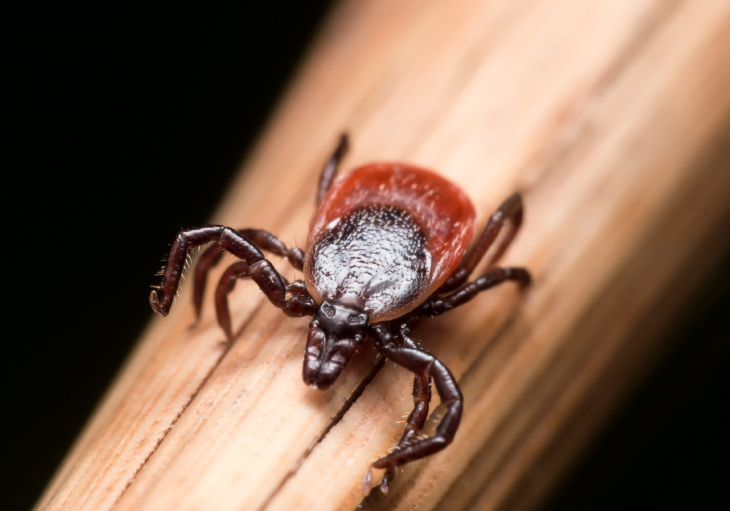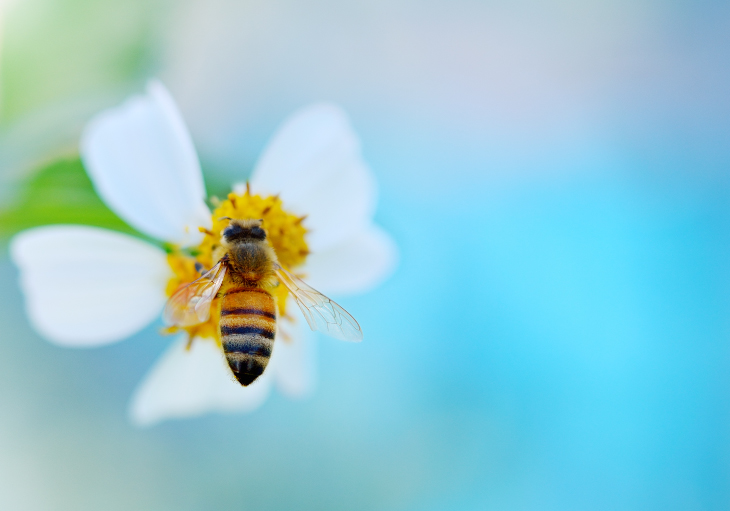
The Best Yard Treatment for Mosquitoes and Other Lawn Pests
Here are some yard pest control tips for common lawn insects found throughout Texas.
Mosquitoes. They might as well come with their own horror soundtrack like Jaws or Psycho, considering the way we react to their presence. Unfortunately, they are not the only insects that can turn a peaceful patio into a war zone. Bugs like ticks, fire ants and bees are other common suspects.
But rather than retreat inside, use these tips to take back your backyard and make it the relaxation area you need.
Mosquito treatment
Many know the mosquito’s breeding habits, but not all understand where to look. In general, any standing water should be avoided. All a mosquito needs to breed is half an inch of water, in most cases, and can lay up to 200 eggs per batch. Is your skin itchy already just from reading that fact?
Thankfully, there are simple red flags, fixes and maintenance to help keep your backyard and patio a safe zone.
First, make sure the obvious sources of stagnant water–you know, bird baths, dog bowls, inflatable pools, flower saucers and other similar locations–are turned over and emptied on an occasional basis, particularly if they are not being used.
Things get tricky, though, when you have permanent water installations or fixtures like a fish pond, irrigation ditch or rain barrel. In those cases, you deploy a mosquito dunk, which releases a toxin that only kills mosquito larvae.
Next, dig a step deeper into the not-so-obvious problem areas. Examine tarps covering objects such as grills, furniture or even pools and see whether water is accumulating there. If so, remove and drain the water. But rather than simply replace the tarp after drying, see if there are ways to tighten the tarp down and reduce spots where water can get caught. Even more, if you have installed hammocks or tire swings, check that they are not collecting rainwater. Flip that hammock and empty those tires. In the case of tire swings, it may be prudent to drill a hole for drainage.
The last part is perhaps the most labor intensive, as it requires above average discipline. In addition to keeping the lawn clear of objects that naturally catch water—children’s toys are a familiar culprit—keeping any brush, grass, leaves or other organic material at bay will create less of a welcoming habitat for those thirsty bloodsuckers.

Tick lawn treatment
Although more common in less urban areas, ticks are still a real problem, whether you discover them on pets or—eek—on your person. As with mosquitoes, there are several lawn care tips to keep in mind.
The first is keeping your lawn properly trimmed. Not blue ribbon, best-lawn-of-the-year proper, mind you. Keeping the grass at a healthy height should be the key. The reason for keeping your grass not-too-short or not-too-high sounds a lot like something out of Animal Planet. In tall grass, ticks are better able to hide from their primary predators, namely ants, spiders and some bird species. What makes this natural solution for getting rid of ticks so attractive is that it does not involve spreading potential harmful chemicals.
Keeping your lawn properly watered also helps deter ticks, as a moist, overwatered yard will attract more to the area.
Beyond that, you can also help deter tick migration by making your lawn less hospitable for wildlife that ticks may feast on, such as deer and squirrels. Incorporating plants that deer do not like or removing that bird feeder (a squirrel favorite) will more than likely keep the tick population down.
Removing bees
The moment you bring out anything sweet, be it fruit salad or a frothy drink, a bee is almost guaranteed to come buzzing by. Beyond being an annoyance though, bees may also be a danger for those allergic to their sting. The important factor is determining between which bees pose a risk and which ones are tolerable, keeping in mind that bees play an important role across Earth’s ecosystems.
Another breed of flying stingers that can be more threatening than bees are wasps. Being more aggressive than other species, they are more likely to sting and ruin your day. Even more, wasps can build hives in the ground or, worse, make a home and/or meal out of your home. But don’t forget that species like yellow jackets serve as pollinators, despite being a nuisance.
Whenever dealing with more aggressive bees, it is important to be prepared. The simplest option is letting a professional deal with them, but if cost is a concern, take every precaution before attempting any removal with sprays or other means (whatever you do, do not throw anything at nests).
As best you can, keep your distance and cover every part of your body. And do not hesitate to retreat if things get dicey. More than likely, destroying a nest will take more than one attempt, and there is no guarantee bees will not return.
If at all possible, use natural or otherwise harmless methods. For example, you can place old fruit in a paper bag and place it close enough to the hive yet away from area you routinely occupy like the patio. Mothballs are also known to deter bees, so place some in an old sock and hang them near more trafficked areas.
There is more than one way to remove pests. Share this post and add your own suggestions! 
